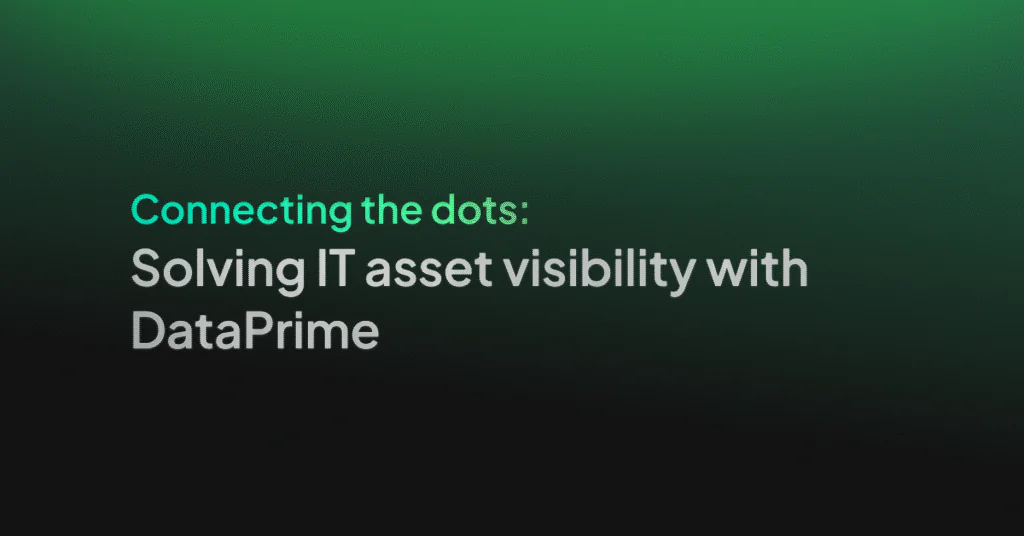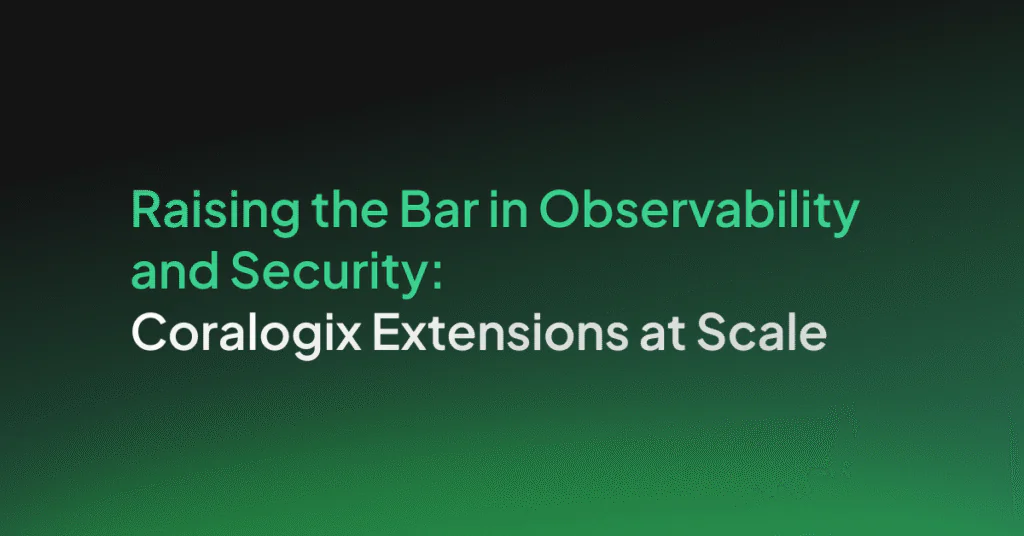Why should you care about architectural differentiators?
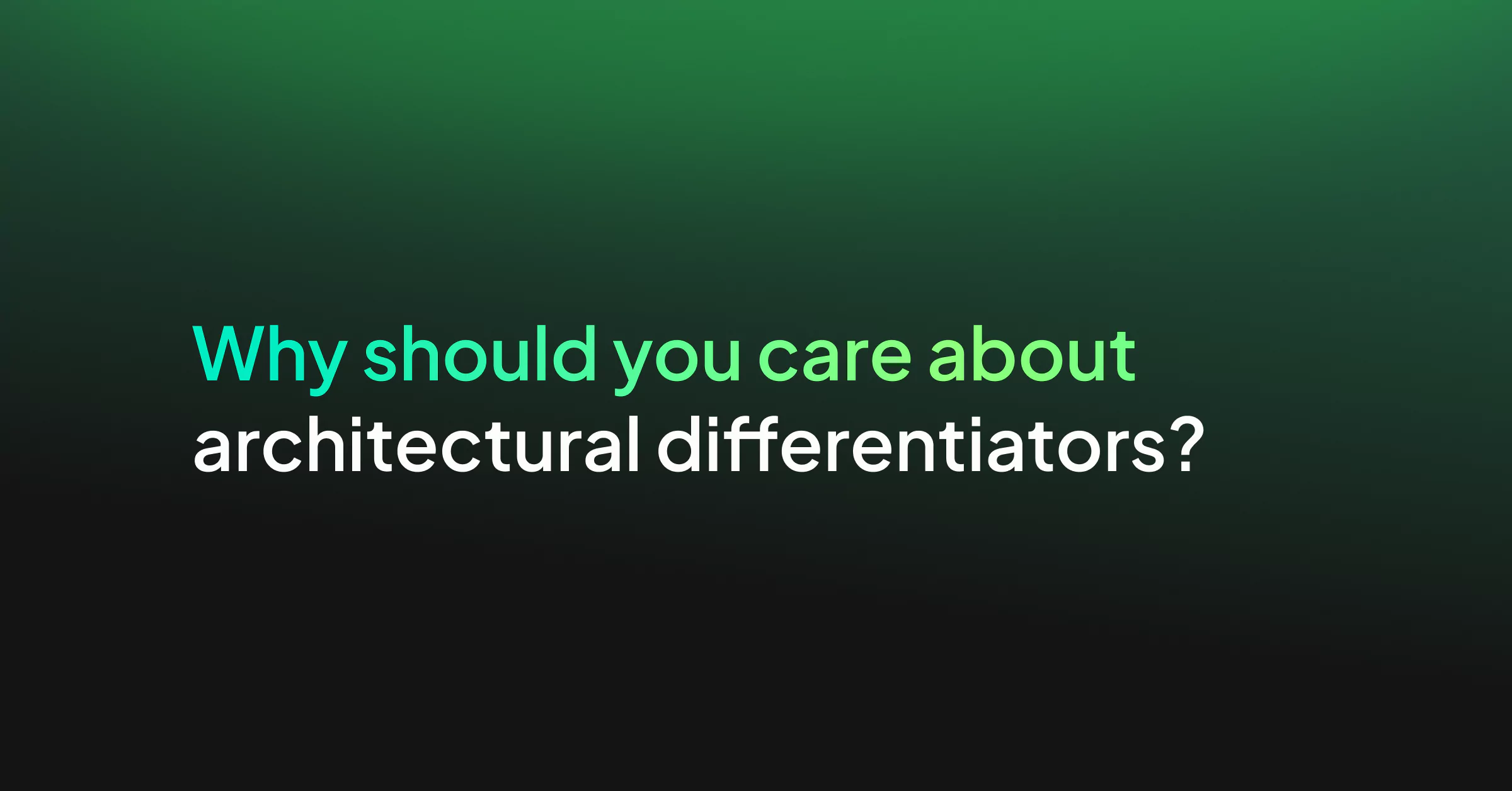
When discussing what makes a product different, what makes it unique, we are led down the path of feature comparison. It is a natural thing to break down a product into its component parts to ease the process of weighing and measuring each layer. Does the authentication layer support SAML? Can platform components be defined in code?
Beneath each of these features, however, is a foundational strata. A golden thread that enables and constrains each and every piece. The importance of this golden thread can not be overstated, yet it rarely appears in our assessments. It seems wasteful, almost counter-intuitive, to care about the architecture of a SaaS product. So why should you care?
What is architecture in this context?
For the purposes of simplicity, we can define an architecture as a continuous, coherent design philosophy that informs the construction of each feature in an application. Much like neoclassical architecture favors pillars, columns, planar layers and so on, an architectural philosophy in a product informs how a given feature is presented to its user.
Apple’s philosophy is to “design twice, cut once”. This philosophy forms the backbone of every single feature in an iPhone. Both Apple and Android allow a user to sign into a Wi-Fi network, but they present this feature in a way that is most in keeping with their respective design decisions, with their architecture.

Apple’s WIFI Password sharing, when someone nearby is attempting to access a Wifi network.
For Apple, this means building details that will delight their users. Wi-Fi password sharing is a great example of Apple’s deep understanding of the problems its users face, and its commitment to include some of those details from day one. These features are an expression of their design philosophy, their architecture.
What about in the world of SaaS?
The SaaS market is eerily silent on architecture. The transactional nature of the relationship, features for cash, draws attention to purely what the SaaS product does, rather than what it is. My argument is that the two must be considered in their entirety, because an architectural difference, a difference in design philosophy, will inform how you experience the product just as much as the concrete features themselves. Let’s walk through a concrete example.
Coralogix – A case study in architectural differentiation
Coralogix is an observability platform. It supports a wide array of integrations, data-types, features, analysis tools and techniques and more, but before we get into those, let’s look at the architecture, the design philosophy of Coralogix, and see how it underpins our understanding of the platform’s features.
What is the Coralogix architecture?
Coralogix’s architectural underpinnings, a system called Streama©️, is an approach to data processing that unlocks a set of features that would be otherwise impossible. In short, the Streama architecture allows customers to ingest and process their data, at will, with no dependency on indexing. Customers can generate metrics, trigger alarms, train machine learning models, update visualizations and much more, all without a traditional index.
This is not a feature in and of itself. It’s an architecture, a design philosophy. However, knowing this changes your view on the Coralogix featureset.
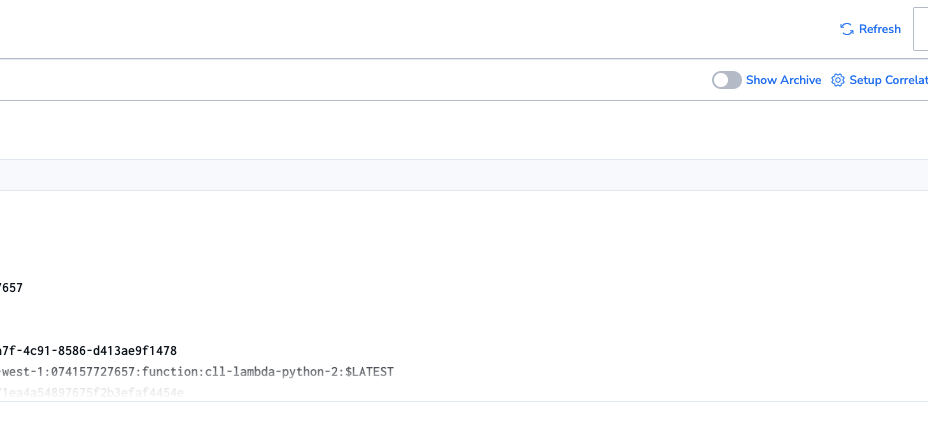
Within Coralogix APM, users can automatically query unindexed logs associated with their service with “Show Archive”
This architectural differentiator, which is the creation of Indexless Observability, informs every feature. From APM, where users can view span data that was never indexed, to Real User Monitoring, allowing users to track browser activity from a user that was never indexed by Coralogix, and is stored in cloud object storage in the customer’s account.
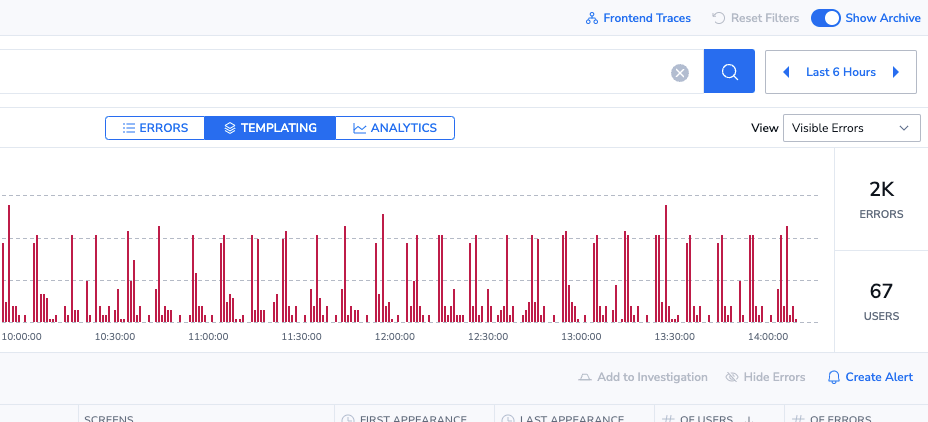
Users can view browser errors, user sessions and web vital metrics, at HTML element granularity, directly from their cloud storage, on data that was never indexed.
This ability exists on almost every feature in Coralogix. It is there because Coralogix has a core architecture, a design philosophy, that drives every feature that is produced. Much like the iPhone and its “design twice, cut once” approach, Coralogix is supremely focused on delivering all of the features a modern enterprise needs, for operational and strategic success, without any dependence on a traditional index. This commitment to Indexless Observability is our design philosophy.
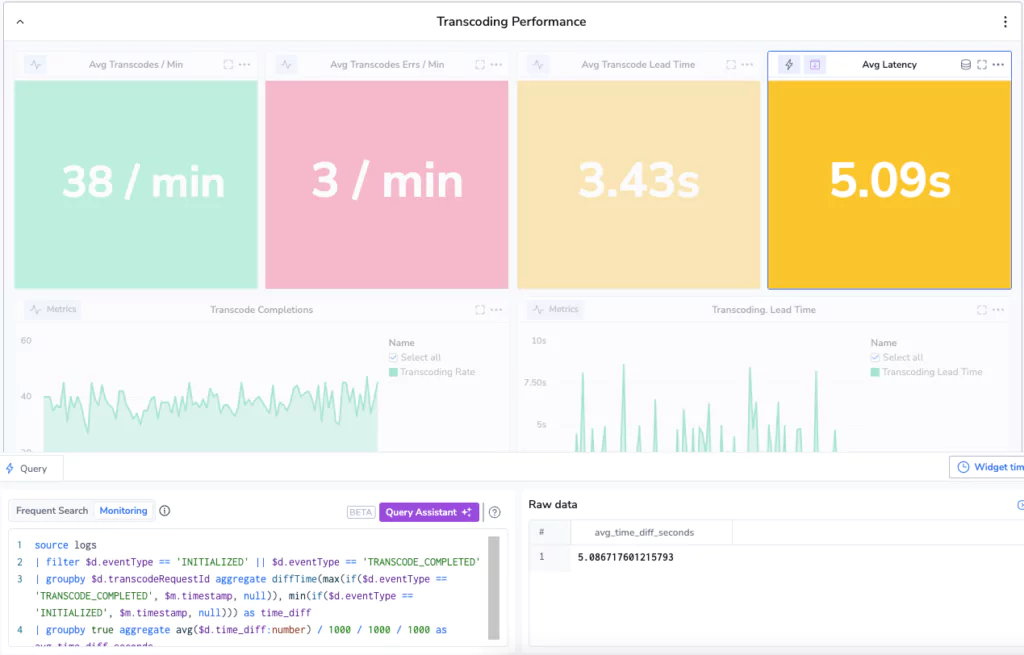
Indexless Observability applied to a Transcoding dashboard, which provides average time taken for transcoding to complete, with the widget in the top right corner querying customer hosted cloud object storage directly using DataPrime. Every other widget is driven by metrics that have been generated from an unindexed log.
Look out for the architectural differentiators
When assessing a SaaS product, always be aware of the architectural differentiators, because they will run through the application. Ask the vendor – “What is your design philosophy?”. A clear, concise answer to this will give you a deeper understanding of the mission of the organization.
Observability is an extremely competitive space, and it is our view that it is not enough to simply have a few cool features. A vendor must be fundamentally different at the cellular level. For Coralogix, this is our commitment to Indexless Observability, and the scale, performance, functionality and cost saving that this means for the customer. Whenever you see that Coralogix offers APM, RUM, SIEM, Log Analytics, Infrastructure Monitoring, Anomaly detection, custom dashboarding and more, you now know that it is underpinned by a design philosophy, an architecture that makes it uniquely possible to do all of these things with no dependency on indexing.
To find out more, check out how our platform works.


